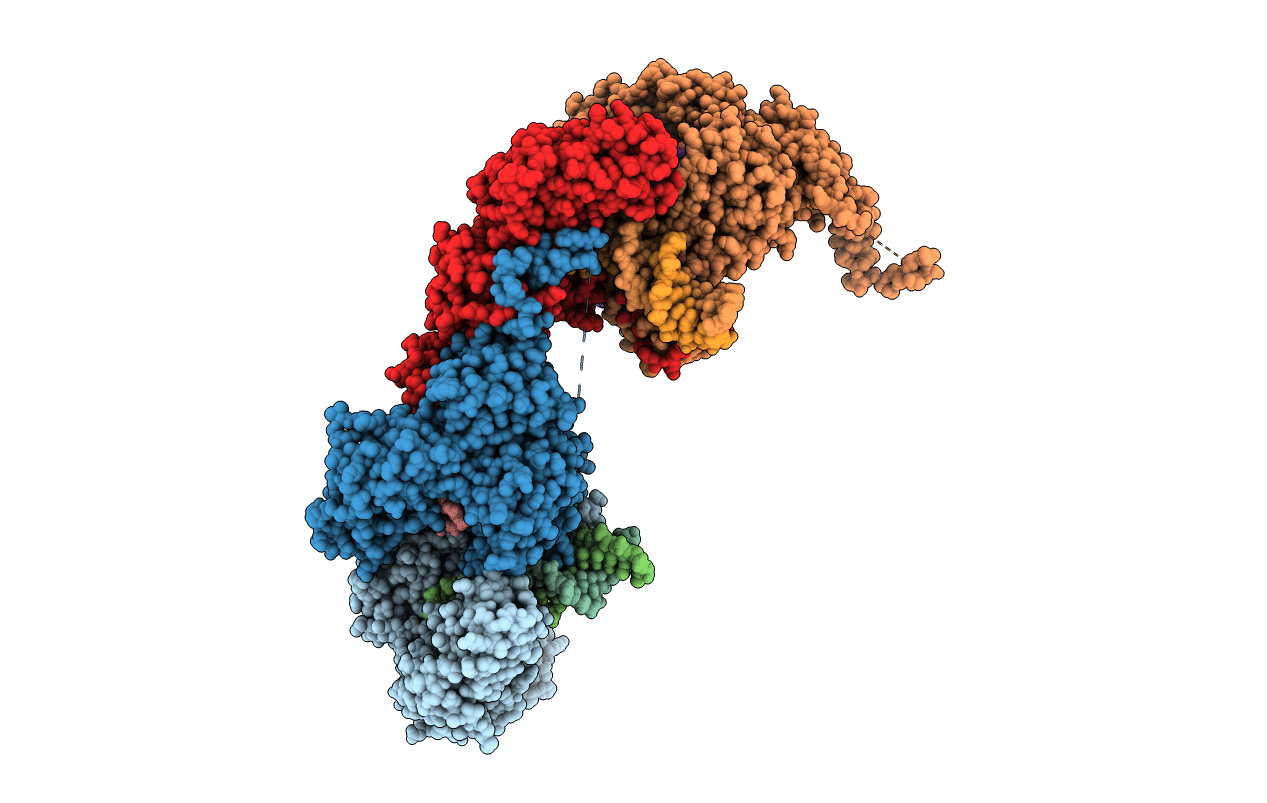
Deposition Date
2014-05-04
Release Date
2014-07-30
Last Version Date
2024-05-08
Entry Detail
PDB ID:
4D1Q
Keywords:
Title:
Hermes transposase bound to its terminal inverted repeat
Biological Source:
Source Organism:
MUSCA DOMESTICA (Taxon ID: 7370)
Host Organism:
Method Details:
Experimental Method:
Resolution:
3.40 Å
R-Value Free:
0.25
R-Value Work:
0.21
R-Value Observed:
0.21
Space Group:
P 32 2 1


